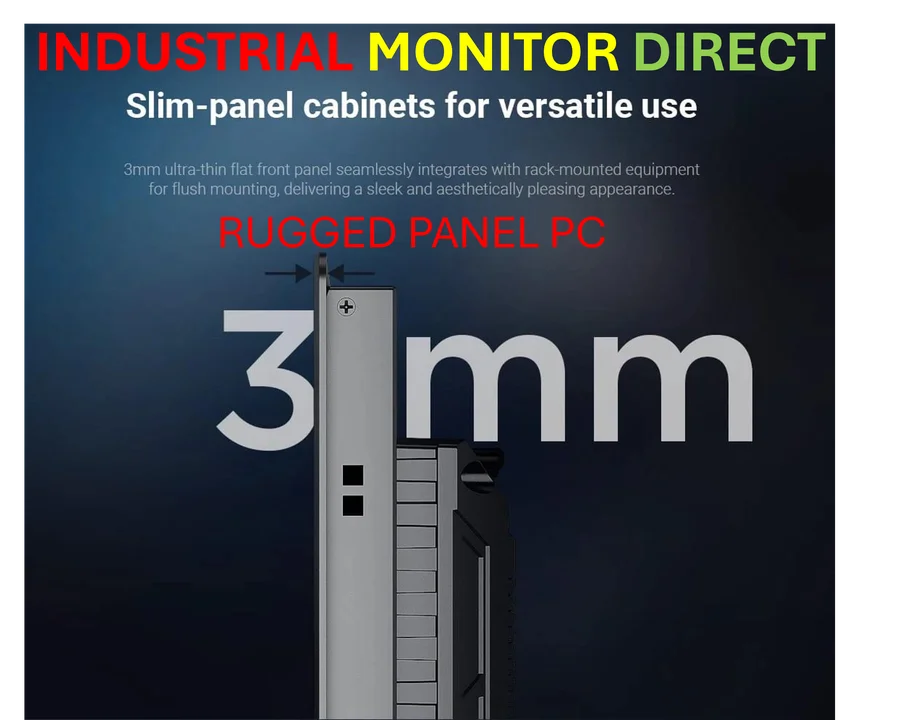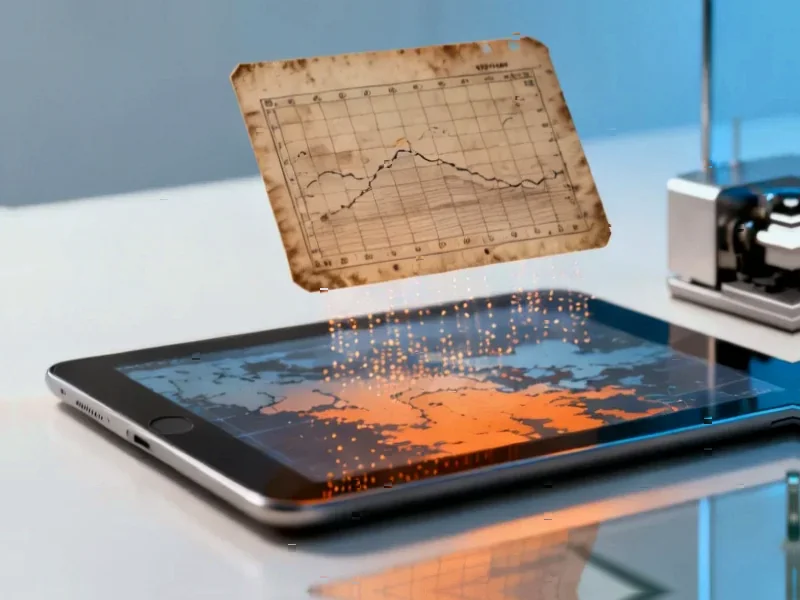According to Phys.org, KAUST researchers have discovered that the bacterium Desulfuromonas acetexigens can simultaneously activate three distinct electron transfer pathways previously thought to have evolved separately in unrelated microbes. The team combined bioelectrochemistry, genomics, transcriptomics, and proteomics to identify the metal-reducing (Mtr), outer-membrane cytochrome (Omc), and porin-cytochrome (Pcc) systems working in parallel within a single organism. They also identified unusually large cytochromes, including one with a record-breaking 86 heme-binding motifs, enabling exceptional electron transfer capacity. By analyzing public genomes, the researchers found more than 40 Desulfobacterota species carrying similar multipathway systems across diverse environments from sediments to hydrothermal vents, according to the published study. This discovery fundamentally changes our understanding of microbial electrical capabilities.
The End of Single-Pathway Dogma
For decades, microbial electrochemistry operated under the assumption that bacteria specialized in specific electron transfer mechanisms based on their evolutionary lineage and environmental niche. This discovery shatters that paradigm completely. What we’re witnessing is microbial versatility on a scale previously unimaginable – organisms essentially running multiple electrical “operating systems” simultaneously. This isn’t just incremental progress; it’s a fundamental rethinking of how microbes interface with their environment. The implications extend far beyond basic science, suggesting that we’ve been dramatically underestimating the metabolic flexibility and engineering potential of microbial communities in natural and engineered systems.
Bioelectronics Revolution Accelerated
The discovery of these multipathway systems represents a quantum leap for bioelectronics development. Current microbial fuel cells and biosensors typically rely on single-strain organisms with limited electron transfer capabilities. Bacteria that can employ multiple strategies simultaneously could dramatically increase power density and operational stability. Imagine living batteries that can switch between energy harvesting modes depending on environmental conditions, or biosensors with built-in redundancy that maintain functionality even when specific pathways are compromised. The identification of cytochromes with 86 heme-binding motifs suggests these organisms have evolved sophisticated electron storage capabilities we haven’t even begun to engineer into synthetic systems.
Environmental Engineering Transformed
In wastewater treatment and bioremediation, this discovery could enable what I call “multimodal cleanup” – microbial systems that can simultaneously target multiple contaminants using different electron transfer strategies. Current bioremediation often requires sequential treatment or multiple specialized organisms. Bacteria with integrated multipathway systems could handle complex waste streams containing metals, organic pollutants, and nutrients in a single pass. The finding that over 40 species across diverse environments possess these capabilities means we likely have untapped natural resources already adapted to specific cleanup challenges, from mining runoff to agricultural wastewater.
Redefining the Sustainable Energy Landscape
Looking 5-10 years ahead, this research points toward distributed bioenergy systems that were previously science fiction. We’re not just talking about microbial fuel cells for wastewater plants anymore. These multipathway organisms could enable living energy networks where microbial communities harvest energy from diverse sources – soil organic matter, industrial byproducts, even atmospheric compounds – and channel it through integrated biological circuits. The competitive advantage these bacteria gain by accessing multiple electron acceptors suggests evolutionary pressure toward electrical versatility that we can harness. This could lead to self-sustaining environmental sensors, biodegradable electronics, and even integration with renewable energy infrastructure for enhanced efficiency.
The Commercialization Horizon
Within 2-3 years, expect to see startups leveraging these discoveries for specialized applications in mining remediation and high-value chemical production. The immediate applications will likely focus on enhancing existing bioelectrochemical systems rather than creating entirely new platforms. By year 5, we should see integrated systems designed from the ground up to exploit multipathway capabilities, particularly in waste-to-energy conversion where the economic incentives are strongest. The real breakthrough will come when we can engineer synthetic microbial communities that distribute these electrical capabilities across specialized members, creating what amounts to biological electrical grids at microscopic scales.
The Inevitable Regulatory Challenges
As with any emerging biotech, scaling these discoveries will face significant regulatory hurdles. Genetically modifying multipathway organisms for enhanced performance raises questions about environmental release and ecosystem integration. The very versatility that makes these bacteria so promising also makes their ecological impact difficult to predict. Regulators will need to develop new frameworks for assessing microbial systems that can interface with multiple environmental electron acceptors simultaneously. This isn’t just another GMO debate – we’re talking about organisms that could fundamentally alter local electrochemical balances in ways we’re only beginning to understand.




